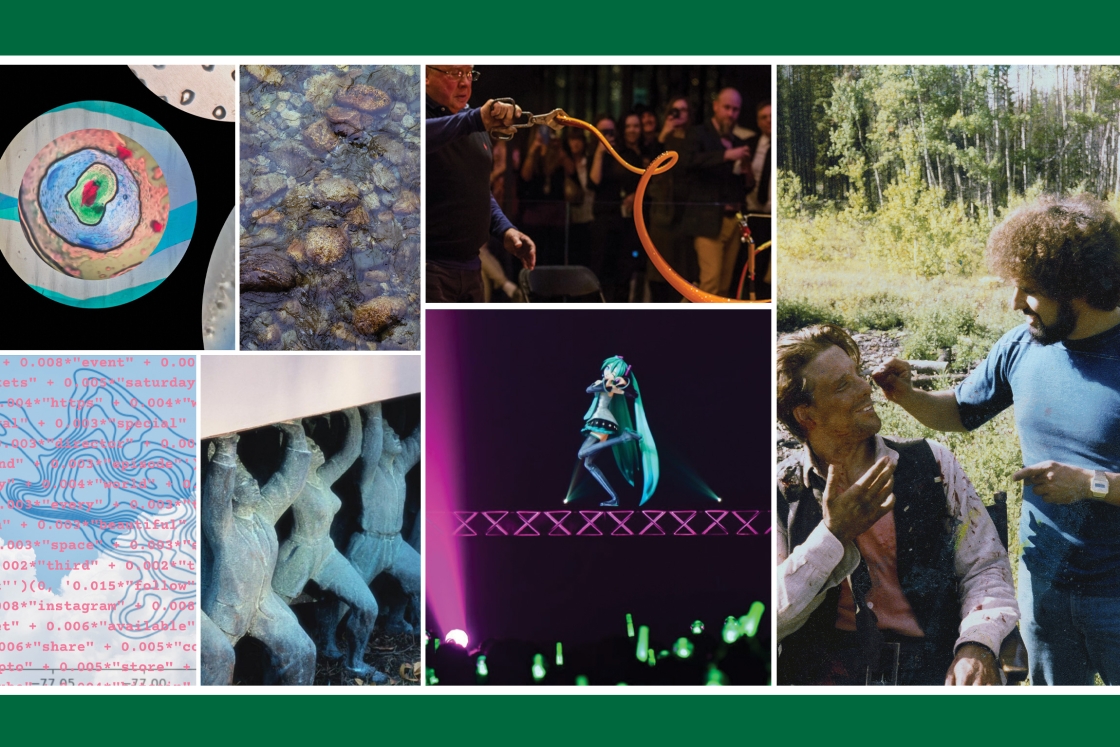Bob Hawley, assistant professor of earth sciences, takes an active approach to his research and teaching. The recipient of grants from the National Science Foundation (NSF) and National Aeronautics and Space Administration (NASA), Hawley is a physical glaciologist who focuses on polar ice sheets and their response to climate change.

Assistant Professor of Earth Sciences Bob Hawley is a physical glaciologist who focuses on polar ice sheets and their response to climate change. (courtesy of Bob Hawley)
Hawley’s most recent research excursion was to Greenland in the summer of 2010. His team traveled from the edge of the polar ice cap to the center, known as traversing. Along the traverse, the team evaluated levels of pollution in the atmosphere over time by examining the layers of snow pits dug in the ice sheets. Hawley also works in East and West Antarctica.
In Hanover, Hawley enlists eager undergraduates to help evaluate data from his Greenland trip. Kellie MacPhee ’14, a Women in Science Project (WISP) intern, assists Hawley with his research. Though McPhee did not come to Dartmouth with a background in earth sciences, her interest has grown as she works with Hawley plotting and analyzing the Borehole Optical Stratigraphy data from his Greenland traverses.
Hawley also advised Benjamin Bramhall ’12 on his remote sensing independent study project this past winter, which used CryoSat-2 data to try to determine the spatial patterns of snow accumulation across the Greenland ice sheet based on Hawley’s GPS data.
In addition to the undergraduates in the lab, Hawley also currently advises three graduate students and a postdoctoral research associate.
Watch the video below to learn more about Hawley and his philosophy on researching and teaching.

Read more about Hawley’s adventures on his Glaciology Group webpage and his field blog.
